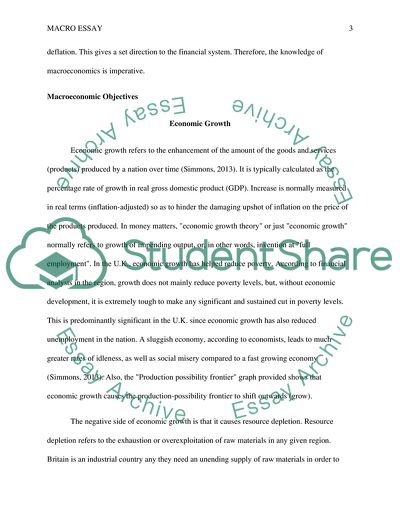Cite this document
(Macro essay Example | Topics and Well Written Essays - 2000 words, n.d.)
Macro essay Example | Topics and Well Written Essays - 2000 words. https://studentshare.org/macro-microeconomics/1801927-macro-essay
Macro essay Example | Topics and Well Written Essays - 2000 words. https://studentshare.org/macro-microeconomics/1801927-macro-essay
(Macro Essay Example | Topics and Well Written Essays - 2000 Words)
Macro Essay Example | Topics and Well Written Essays - 2000 Words. https://studentshare.org/macro-microeconomics/1801927-macro-essay.
Macro Essay Example | Topics and Well Written Essays - 2000 Words. https://studentshare.org/macro-microeconomics/1801927-macro-essay.
“Macro Essay Example | Topics and Well Written Essays - 2000 Words”. https://studentshare.org/macro-microeconomics/1801927-macro-essay.


